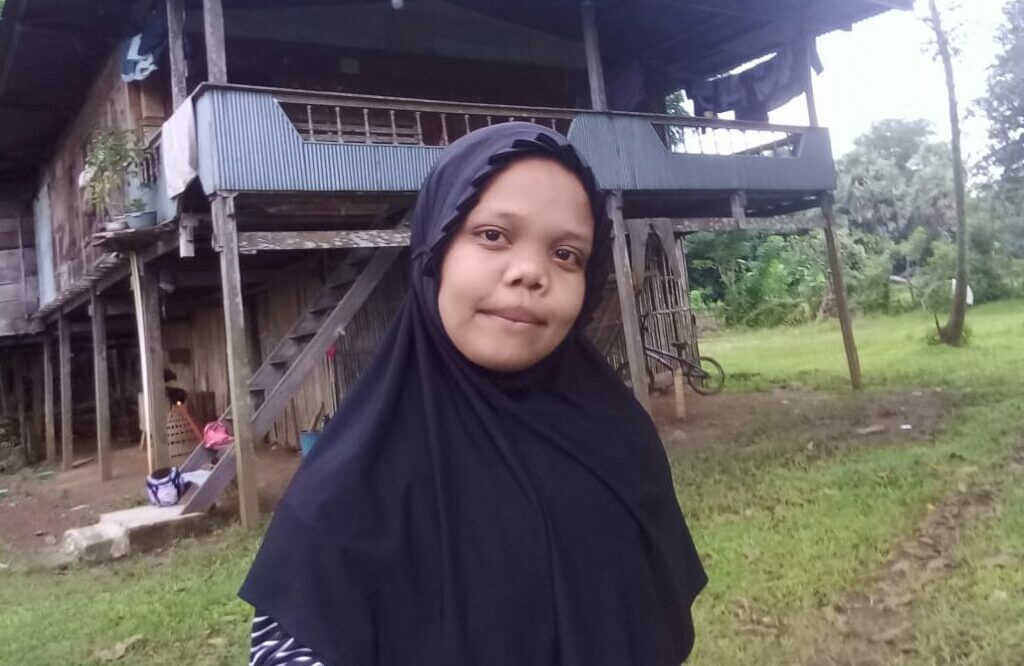
News
‘Treat Me Like Everyone Else’
Play audio version
Meet DJP Fellow Dija
June 13, 2022
As an Indigenous woman with a disability in her village, Dija, who has a single given name and no surname, spent the beginnings of her life indoors and away from activities that were happening around her. “I never went to school because of my physical limitations. … There were a lot of things that made me feel pressured,” she says, speaking through an interpreter. Wanting to avoid discrimination, she kept to herself as she struggled with her confidence and self-acceptance. “In my village, persons with disabilities are pitied,” she says. “I stayed home for too long of a time. … I didn’t really interact with other people. I didn’t realize that I could do things that other people can do.”
Her outlook on her life and her disability changed in 2018 when Self-Help Group Batubassi Pammase invited her to participate in a training conducted by the Association of Indonesian Women with Disabilities (HWDI) South Sulawesi. HWDI is a national organization with branches in over 30 provinces across Indonesia, including South Sulawesi on the peninsula of the Indonesian island of Sulawesi. “HWDI South Sulawesi has strengthened Indigenous people with [disabilities], especially women, to have confidence and knowledge about their rights as persons with disabilities and Indigenous people so that they are able to speak out about their rights as well as participate in the decision-making process,” says Maria Un, chairperson of HWDI South Sulawesi. Dija was one of those women.
After participating in the Self-Help Group Batubassi Pammase training, Dija found a new sense of confidence interacting with other persons with disabilities and learning about the laws in Indonesia that could protect her – and those that could not. “I started taking part in subsequent activities in my village as well as in the district. From there, I was confident,” she says. She started her schooling in Makassar, the capital of South Sulawesi, learning skills like sewing, baking cookies and cakes, and making drinks. Her experiences during that time would later influence the direction of her post-education journey: “From there I also got the experience that … if [persons with disabilities] have a strong will … I think that is very extraordinary.”

Since returning from Makassar, Dija has been on a mission of acceptance and opportunity for persons with disabilities. No longer afraid to step outside of her home, she drew from her own experiences and began her advocacy work in Maros Regency, a municipality in South Sulawesi. She planned activities in her village and worked closely with HWDI. In 2019, when HWDI established a branch in nearby Simbang, Dija took on the role of chairperson. Later, she became a board member of a sub-section of HWDI South Sulawesi called Section Indigenous Community. Dija and her older sister, Syamsiah, also created and managed a study group of young women with disabilities in their district, with the goal of teaching writing and reading. “This study group was formed to respond to the number of youth women with disabilities who have never been to school,” Un says. Dija actively participates in stakeholder meetings and local Musrenbangs, a process during which residents meet and discuss the issues facing their communities and decide on priorities. She has advocated for the inclusion of disability topics in village planning and budgeting. In her work with the Disability Justice Project, she’s aiming to write articles and create media about women and persons with disabilities to continue advocating and campaigning for the community.
For Dija, this was all part of her plan; she wanted to give back to her village and share the knowledge that she has learned. “I want to share my experience with other friends that we people with disabilities must come out confidently. You can take the example from me,” she says. “I [was] afraid to at first since I learned how to get out of the house alone.” She acknowledges that while it was a challenge, she is grateful for the outcome: “I can use my experience to advocate for disability rights, to give examples to talk to parents with children with [disabilities] and for parents to … allow their children with [disabilities] to live a full life … to allow their children to just enjoy the outside world.” Her one request while she continues her impactful work? “Treat me like everyone else. We are equal.”
Claire Joy Moss is the audience engagement editor at the Disability Justice Project.
News From the Global Frontlines of Disability Justice
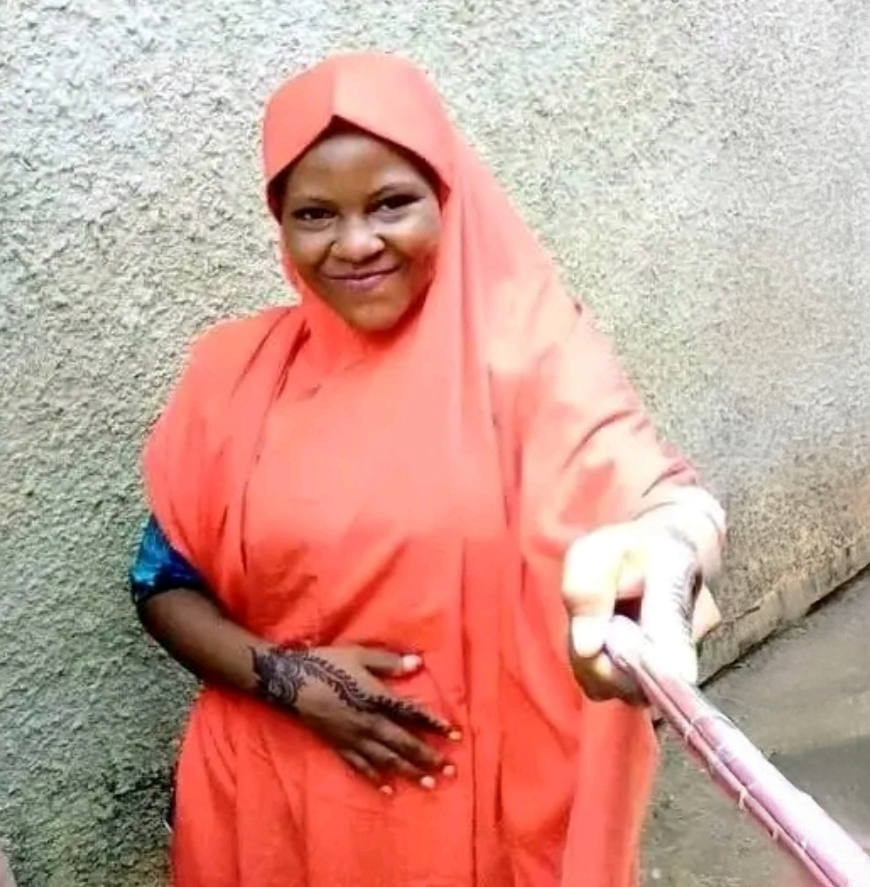
Failure to Inform
Zulaihatu Abdullahi dreamed of finishing school and building a home of her own. But at 19, she died of untreated kidney disease because no one could communicate with her in sign language. Her story reveals how Deaf Nigerian women are often left without lifesaving care. “If only she had access to healthcare where someone could guide her… explain each step, she might still be here,” says Hellen Beyioku-Alase, founder and president of the Deaf Women Aloud Initiative.
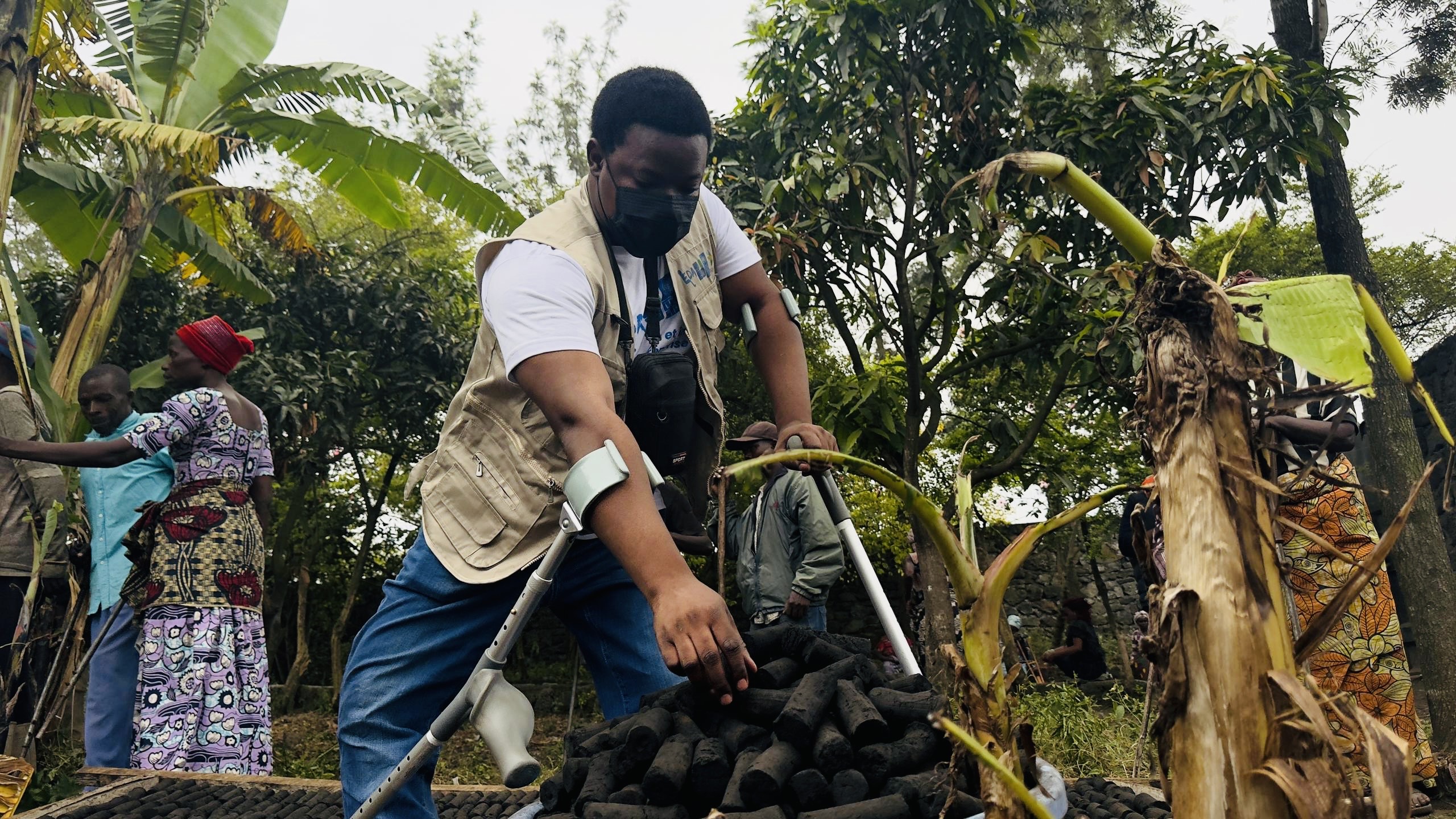
Disability in the Crossfire
In Goma, Democratic Republic of Congo, ongoing conflict and forced displacement have hit people with disabilities hardest. Rebel groups seized supplies from a clean cooking initiative designed to support displaced people with disabilities, leaving many trapped without aid. “It is still a big difficulty for authorities or government or humanitarian organizations to make a good decision which includes everyone,” says Sylvain Obedi of Enable the Disable Action.
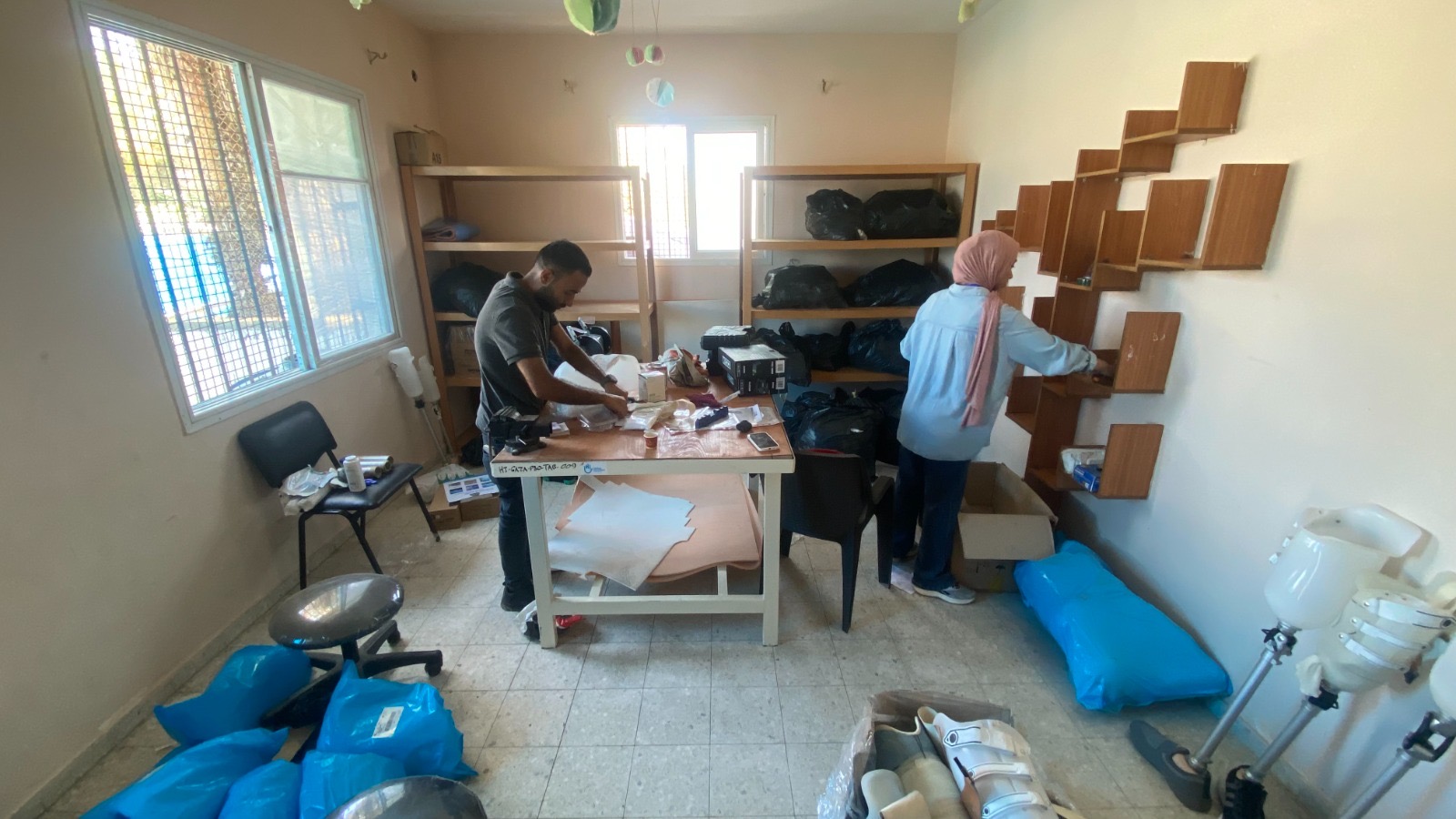
Gaza’s Amputees
At the Nahla Prosthetics & Orthotics Center in Gaza, staff wake up each day wondering if it’s safe to open before treating a handful of people in need of new limbs, adjustments, or psychosocial support. With famine declared in Gaza City and aid restricted, the center faces mounting shortages of materials and trained technicians. “Our colleagues call the situation a nightmare with no end,” says Zaid Amali, Humanity & Inclusion’s senior advocacy officer in Palestine.

‘People like Me Can Dare to Dream of Standing Upright’
Rwanda’s decision to cover prosthetic and orthotic services under national health insurance is being hailed as a milestone for disability rights. Advocates say it marks a shift toward greater inclusion and access to essential mobility aids. “This is more than a health policy,” says Jean Baribwira. “It is dignity, inclusion, and hope.” For many, the change represents long-overdue recognition of mobility as a basic right.
Read more about ‘People like Me Can Dare to Dream of Standing Upright’

More Than Words
In Nigeria, native sign languages like Yoruba, Hausa, and Igbo Sign Language are far more than communication tools. They are living expressions of Deaf identity and culture. While often dismissed as unsophisticated or “pidgin,” these local variants foster deep connection, creativity, and self-expression among Deaf communities, particularly those left out of formal education. “It isn’t something one can learn online,” says Douglas Izu. “One learns it through deep immersion in the adolescent Deaf community.”
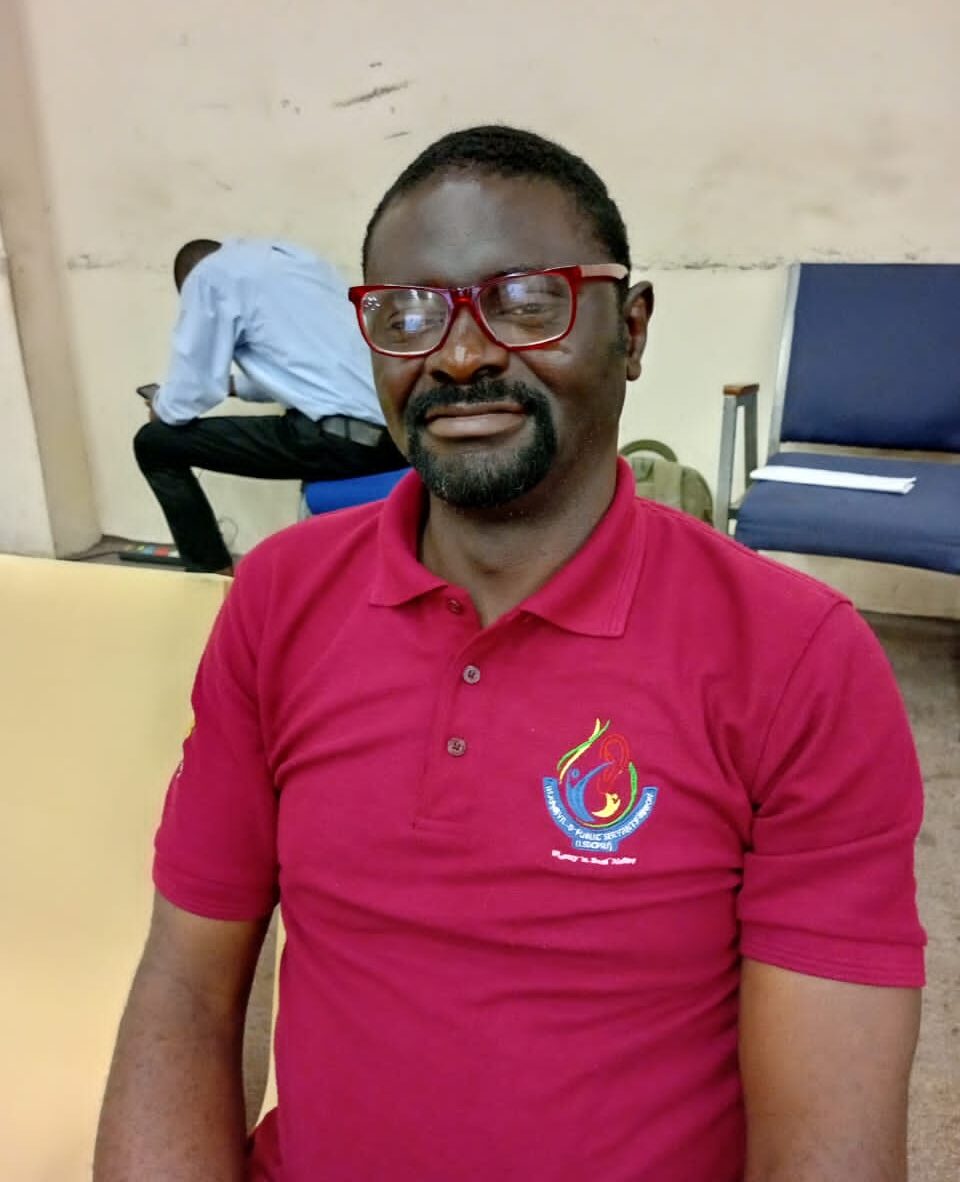
From Isolation to Advocacy
Nigeria’s DeafBlind community has long lacked recognition, but the launch of the Deaf-Blind Inclusive and Advocacy Network marks a turning point. Led by activist Solomon Okelola, the group seeks to address communication barriers and a lack of support. Among those affected is John Shodiya, who once thrived in the Deaf community but struggled with belonging after losing his sight.